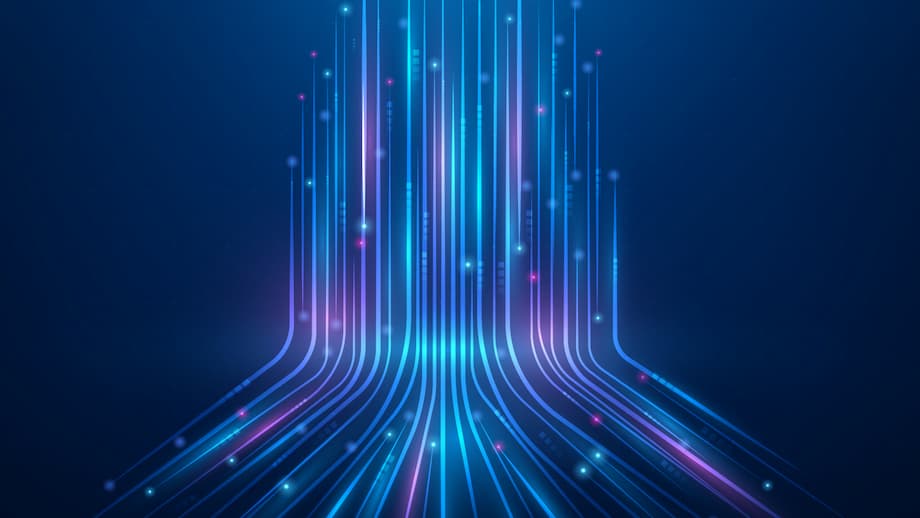Revolutionizing Wireless Power: Japan’s Machine Learning Breakthrough
In a major leap toward a truly wireless future, scientists in Japan have unveiled a machine learning-based method that dramatically improves the stability and efficiency of wireless power transfer (WPT) systems. This innovation, developed by a research team at Chiba University and published in the prestigious journal IEEE Transactions on Circuits and Systems in June 2025, could pave the way for widespread adoption of wireless charging in everything from smartphones to electric vehicles and industrial equipment.
Wireless power transfer, the technology that allows devices to be charged without physical cables, has long been a dream for engineers and consumers alike. While WPT is already used in products like smartphones, electric toothbrushes, and induction stovetops, its broader adoption has been hampered by technical challenges—most notably, the instability of power delivery when devices with varying energy needs are connected. The Japanese breakthrough addresses this problem head-on, using artificial intelligence to create systems that deliver consistent, efficient power regardless of the device being charged.
Why Is Stable Wireless Power Transfer So Challenging?
At its core, wireless power transfer works by transmitting energy through electromagnetic fields. A transmitter coil generates a specific frequency, and a receiver coil—tuned to the same frequency—captures the energy and converts it back into electricity. This process, known as resonance, is highly sensitive to the characteristics of the receiving device, or “load.”
For example, when charging a smartphone, the battery’s resistance changes as it fills up. This can cause voltage fluctuations in traditional WPT systems, leading to slower charging, reduced efficiency, or even damage to sensitive electronics. The problem becomes even more pronounced with larger batteries, such as those in electric vehicles, where the load can shift dramatically during charging.
Traditional solutions rely on complex analytical equations to calculate the precise values for circuit components like inductors and capacitors. However, these equations are often based on idealized assumptions and fail to account for real-world factors such as manufacturing tolerances, parasitic capacitance, and environmental variations. As a result, conventional WPT systems can experience output voltage swings of up to 18% when the load changes, and efficiency can drop as low as 65%.
How Machine Learning Transforms Wireless Power Design
The Chiba University team, led by Professor Hiroo Sekiya, tackled these challenges by harnessing the power of machine learning and numerical optimization. Their approach models the entire WPT circuit using differential equations that accurately reflect the behavior of real-world components, including non-idealities like diode parasitic capacitance. These equations are solved numerically, step by step, until the system reaches a steady operating state.
To optimize the system, the researchers employed a genetic algorithm—a type of artificial intelligence inspired by natural selection. The algorithm evaluates the performance of different circuit configurations based on key objectives: output voltage stability, power delivery efficiency, and low harmonic distortion (which can interfere with other electronics). It then iteratively adjusts the circuit parameters, “evolving” the design until it achieves the best possible performance across a wide range of load conditions.
This fully numerical, machine learning-based method enables what engineers call “load-independent” operation. In other words, the system maintains a stable output voltage and high efficiency, even as the load varies. The researchers demonstrated their technique on a class-EF WPT system—a topology that combines a class-EF inverter with a class-D rectifier, both known for their high efficiency and suitability for wireless power applications.
Key Results: Dramatic Improvements in Stability and Efficiency
The results were striking. The new system reduced output voltage fluctuations to less than 5%—a dramatic improvement over the 18% swings seen in conventional designs. Power transfer efficiency soared to 86.7% at 6.78 MHz, delivering more than 23 watts of output power. Traditional systems, by comparison, often struggle to maintain efficiency above 65% under varying loads.
Importantly, the machine learning approach also improved performance at light loads, where traditional systems are especially prone to instability. By accurately modeling the effects of real-world component characteristics, the system kept energy dissipation in the transmission coil nearly constant across different loads, indicating effective current regulation and minimal wasted energy.
The lead author, Professor Hiroo Sekiya, explained, “Our machine-learning approach models the system virtually, runs simulations, and uses artificial intelligence to optimize performance by minimizing energy lost as heat and preserving signal quality.”
What Makes This Breakthrough Different?
While wireless charging is not new, the Japanese team’s achievement lies in overcoming the persistent challenge of load-dependent instability. Their method does not require the painstaking manual tuning of circuit components for each new device or application. Instead, the AI-driven design process can automatically adapt to different loads, environments, and use cases—making it far more practical for real-world deployment.
This flexibility is especially valuable for emerging applications such as electric vehicles, industrial robots, and medical implants, where the energy demands can change rapidly and unpredictably. By ensuring stable, efficient power delivery under all conditions, the technology could accelerate the adoption of wireless power in sectors that have so far relied on cumbersome cables and connectors.
From Laboratory to Everyday Life: The Path to a Wireless Society
The implications of this research extend far beyond consumer gadgets. The Chiba University team envisions a future where wireless power is as ubiquitous as Wi-Fi, enabling seamless charging of devices in homes, offices, factories, and public spaces. The simplified, load-independent design could also reduce the cost and size of WPT systems, making them more accessible for mass production and integration into everyday products.
However, as with any new technology, there are hurdles to overcome before widespread commercial adoption. Further engineering, rigorous safety testing, and the development of industry standards will be essential to ensure reliability and interoperability across different devices and manufacturers. Still, experts believe that the breakthrough could make wireless power commonplace within the next five to ten years.
As reported by ColombiaOne.com, “The improvement could be especially important for larger, more complex batteries such as those in electric vehicles, where charging loads can vary dramatically. The method also simplifies circuit construction and could reduce cost and size, with the team aiming to make wireless power commonplace within five to ten years.”
Artificial Intelligence: The Future of Power Electronics Design
The Japanese breakthrough is part of a broader trend in electrical engineering: the integration of artificial intelligence and machine learning into hardware design. Traditionally, designing power electronics—such as inverters, rectifiers, and wireless power systems—has been a labor-intensive process, requiring deep expertise and extensive trial-and-error.
Recent advances in AI, including large language models and evolutionary algorithms, are streamlining this process. By automating the optimization of circuit parameters and accounting for real-world complexities, AI-driven design tools can reduce development time, minimize human error, and unlock new levels of performance and efficiency.
According to a recent review published on ScienceDirect, “AI-driven design optimizes high frequency wireless power transfer system parameters. GPT-based AI models significantly reduce design time and complexity in power electronics.” The review highlights the potential for AI to revolutionize not just wireless power, but the entire field of power electronics, from transportation to the Internet of Things (IoT).
What’s Next for Wireless Power?
While the Chiba University team’s results are currently based on laboratory experiments, the underlying principles are broadly applicable. As AI-driven design methods mature and become more widely adopted, we can expect to see rapid progress in the development of practical, reliable wireless power systems for a wide range of applications.
Industry observers predict that the next decade could see the emergence of “fully wireless” environments, where devices charge automatically as soon as they enter a room, vehicles recharge while parked or even in motion, and industrial equipment operates without the constraints of power cables. Such a transformation would not only enhance convenience but also reduce electronic waste, improve safety, and enable new forms of connectivity and automation.
In Summary
- Japanese researchers at Chiba University have developed a machine learning-based method that enables stable, efficient wireless power transfer regardless of load changes.
- The breakthrough reduces output voltage fluctuations to under 5% and boosts efficiency to 86.7%, compared to 18% fluctuation and 65% efficiency in conventional systems.
- The AI-driven design process uses numerical modeling and genetic algorithms to optimize circuit parameters, overcoming the limitations of traditional analytical methods.
- This technology could accelerate the adoption of wireless power in smartphones, electric vehicles, industrial equipment, and more, potentially making wireless charging commonplace within 5 to 10 years.
- The research highlights the growing role of artificial intelligence in automating and optimizing power electronics design, promising faster innovation and greater reliability in the future.












